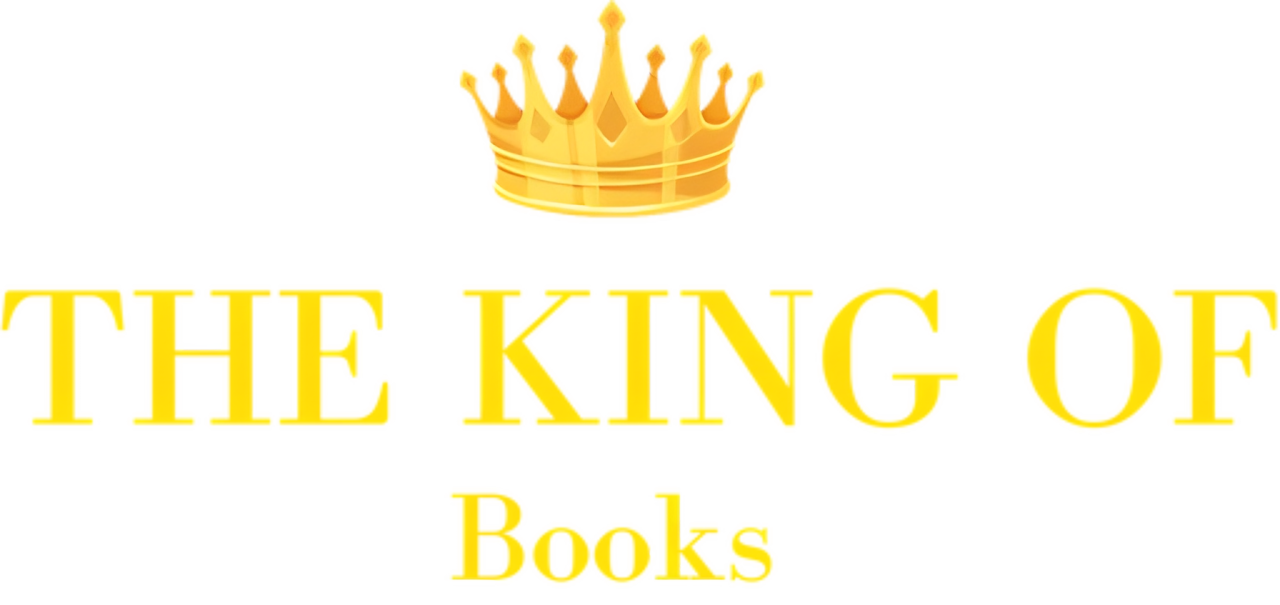
First Crusade 1095-1099
900 years ago, Jerusalem was captured by the army of the First Crusade. Socially and militarily, this undertaking remains an incredible achievement for that time. How was such a gigantic undertaking made possible? What were the motives that brought together an unprecedented mass for a risky journey of 3000 km? Godfrey of Bouillon and Peter the Hermit appeal to the imagination. Yet they were not the most prominent figures. Who were they and what was the real role of both gentlemen? How did the First Crusade actually go? Who were the participants and why were there no kings? How can we explain that of the eight crusades that took place between 1096 and 1270, only the first succeeded in its aim: the capture of Jerusalem? The First Crusade profoundly influenced the facts and mentalities in both Western Europe and the Near East. It is therefore appropriate to take stock of the event 900 years later. The author does this in an 'exciting' story, interspersed with Western European, Byzantine and Arabic documents. First he outlines the political, social and economic backgrounds and the respective spheres of interest. Then he explains the available sources. The reader witnesses the Council of Clermont, where Pope Urban II preaches the crusade in 1095. The people's crusade precedes the actions of the knights. On his way he is guilty of persecution of Jews. The four knightly armies, eventually united in the largest army that had ever appeared, are followed from their departure to the capture of Jerusalem. The final triumphal procession only comes after a long period of suffering, with hallucinatory scenes.

Free and fast delivery

Same day shipping




